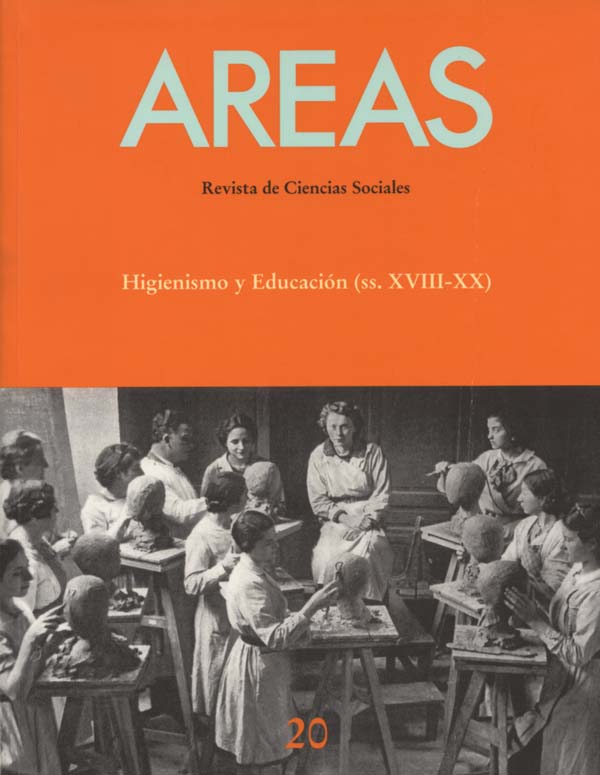Tiempos de paz, tiempos de guerra: la Cruz Roja y las colonias escolares en España (1920-1937)
Resumen
Cruz Roja, que surgió, en un principio, como un medio para socorrer a los militares heridos en tiempos de guerra, pronto manifestaría su vocación de actuar también en tiempos de paz, extender su radio de acción a la población civil y ampliar el alcance de sus iniciativas, desde las 1 sanitarias hacia las de carácter social y humanitario, incluidas aquellas relacionadas con la protección a la infancia. En esa línea, diferentes sociedades nacionales de Cruz Roja participaron o colaboraron en la creación, realización y sostenimiento de colonias escolares en diversos países de Europa y América. En España, en tiempos de paz, con anterioridad a la Guerra Civil (1936-1939), comités locales, provinciales y el Comité Central de Cruz Roja llevaron a cabo colonias que presentaban cierto grado de complejidad relacionado, fundamentalmente, con el tipo de órgano de la institución que las impulsaba, el papel desempeñado por el mismo, las finalidades atribuidas a las colonias y aquellas características relativas, entre otras, a las peculiaridades de los colonos (su vinculación o no a Cruz Roja, sexo, procedencia, etc.), 1 el personal docente o sanitario a su cargo, el lugar de destino e instalación, etc. El estallido de la Guerra Civil supuso para el Comité Internacional de Cruz Roja una situación a la que los convenios internacionales vigentes no eran aplicables y a la que tuvo que hacer frente en el transcurso de los acontecimientos. En esos tiempos de guerra, Cruz Roja asumió un conjunto de funciones respecto a las colonias escolares completamente diferentes a las que había venido desempeñado en tiempos de paz.
Descargas
-
Resumen1069
-
PDF341
Las obras que se publican en esta revista están sujetas a los siguientes términos:
1. El Servicio de Publicaciones de la Universidad de Murcia (la editorial) conserva los derechos patrimoniales (copyright) de las obras publicadas, y favorece y permite la reutilización de las mismas bajo la licencia de uso indicada en el punto 2.
2. Las obras se publican en la edición electrónica de la revista bajo una licencia Creative Commons Reconocimiento-NoComercial-SinObraDerivada 3.0 España (texto legal). Se pueden copiar, usar, difundir, transmitir y exponer públicamente, siempre que: i) se cite la autoría y la fuente original de su publicación (revista, editorial y URL de la obra); ii) no se usen para fines comerciales; iii) se mencione la existencia y especificaciones de esta licencia de uso.
3. Condiciones de auto-archivo. Se permite y se anima a los autores a difundir electrónicamente las versiones pre-print (versión antes de ser evaluada) y/o post-print (versión evaluada y aceptada para su publicación) de sus obras antes de su publicación, ya que favorece su circulación y difusión más temprana y con ello un posible aumento en su citación y alcance entre la comunidad académica. Color RoMEO: verde.






